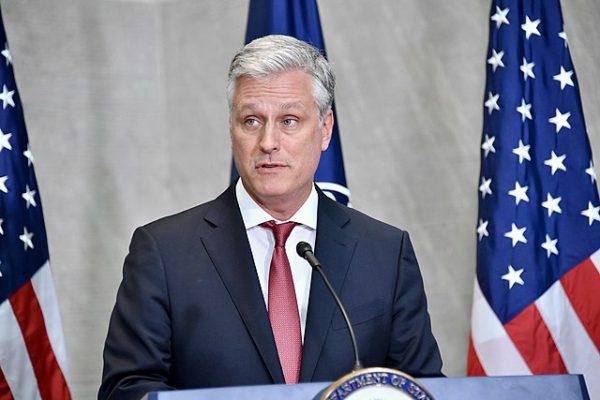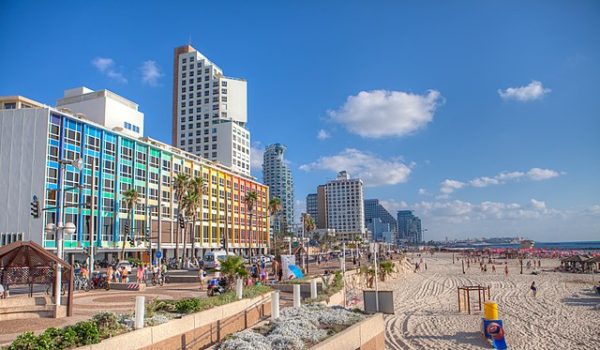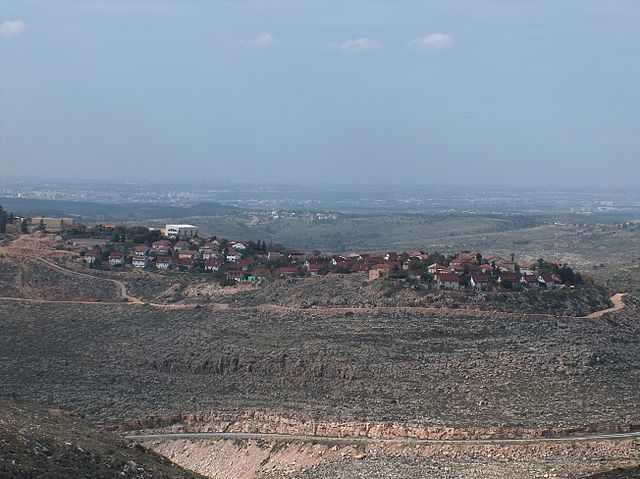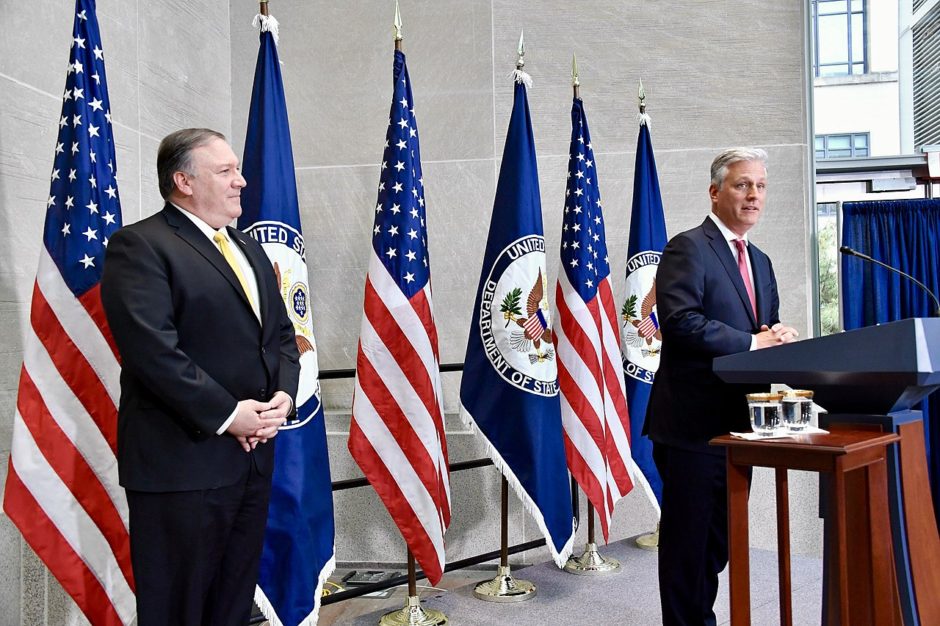President Donald Trump’s national security advisor, Robert O’Brien, recently equated the expansion of Israeli settlements in the West Bank with the growth of antisemitism around the world.
It’s a bizarre and ridiculous conflation that needs to be refuted.

Urging the Palestinians to abandon their rejection of Trump’s one-sided peace plan, O’Brien claimed it could be their “last opportunity” to achieve statehood within the framework of a two-state solution.
“The Israeli birth rate is strong and is growing because, sadly, antisemitism in Europe and other places … is encouraging more Jews to return to Israel,” he said. Then, in a direct reference to the desire of some new immigrants to settle in West Bank, he added, “The settlements are going to continue to expand.”
A small number of Jews who’ve made aliyah since the 1967 Six Day War have indeed gone to the West Bank. Avigdor Liberman, the former defence minister and the leader of the right-wing, secular Yisrael Beitenyu Party, is one such person. But the vast majority of newcomers have settled in Israeli cities like western Jerusalem, Tel Aviv, Haifa and Ashdod, all of which lie within Israel’s internationally recognized pre-1967 borders.

Contrary to O’Brien’s suggestion, settlements beyond the old Green Line were not expressly built to accommodate the flow of Jews from nations afflicted by overt forms of antisemitism. The settlement project was incrementally adopted by a succession of Israeli governments for religious, national and security reasons: to lay claim to the biblical Land of Israel and to prevent the Palestinians from establishing a sovereign and contiguous state in the West Bank and the Gaza Strip (from which Israel withdrew unilaterally in 2005).
Antisemitism, per se, was never a defining factor in Israel’s decision to build settlements in these places.
Although Israel is a tiny country, at least compared to neighboring Arab countries like Egypt, Jordan or Syria, two of its major regions, the Negev and the Galilee, are still sparsely populated by Jews, since most Israelis live in the coastal plain. This is where the overwhelming proportion of new olim prefer to put down roots, not in the West Bank or the Golan Heights. This has been the case since the earliest years of the Zionist movement in the late 19th century.

O’Brien is not only oblivious of these historic settlement patterns, but erroneously assumes that the first post-1967 settlements were erected directly in response to outbreaks of antisemitism. O’Brien’s assumption is riddled with holes and does not withstand the test of scrutiny.
O’Brien, however, was correct in saying that a two-state solution may be “physically impossible” if the U.S. peace plan — the so-called “deal of the century” — fizzles, as it probably will unless it is completely overhauled.
In all likelihood, the Palestinian Authority will continue to boycott a plan that heavily favors Israel and perpetuates the status quo on the ground. Under the lopsided American proposals, Israel would retain all its settlements and outposts, annex the Jordan Valley, maintain security control of the West Bank, and keep East Jerusalem, which the Palestinians seek as their capital.
The Palestinians would be permitted to establish a demilitarized state in about 70 percent of the West Bank, but it would be broken up into a maze of disconnected pieces by Israeli settlements, roads and military camps. As Palestinian Authority President Mahmoud Abbas correctly said in trashing the U.S. “vision” of peace, Trump’s conception of a Palestinian state is insulting. It would be a “Swiss cheese” state bereft of real powers and subject to Israel’s priorities and whims. It would essentially be a “toy” state. No wonder Israeli Prime Minister Benjamin Netanyahu and his ministers embraced Trump’s plan with such alacrity.
With the Palestinians effectively out of the game, Israel will be theoretically free to annex the settlements, plus the Jordan Valley. But this will take a little time, Netanyahu having said he will only do so with the full agreement of the United States.

After the U.S. plan was released on January 28, the American ambassador to Israel, the hawkish David Friedman, let it be known that Israel had Washington’s blessing to annex these areas immediately. But a couple days later, he retracted his statement, saying the Trump administration would not support immediate and uncoordinated annexation.
This will likely occur only after a joint Israel-U.S. committee completes the work of surveying the West Bank, a process that could take several months. Netanyahu is certainly ready to move ahead. “Israel will apply its sovereignty to all the territories that the Trump plan has designated as part of Israel,” he said on March 1. “The map of Israel will change, the future of Israel will change.”
